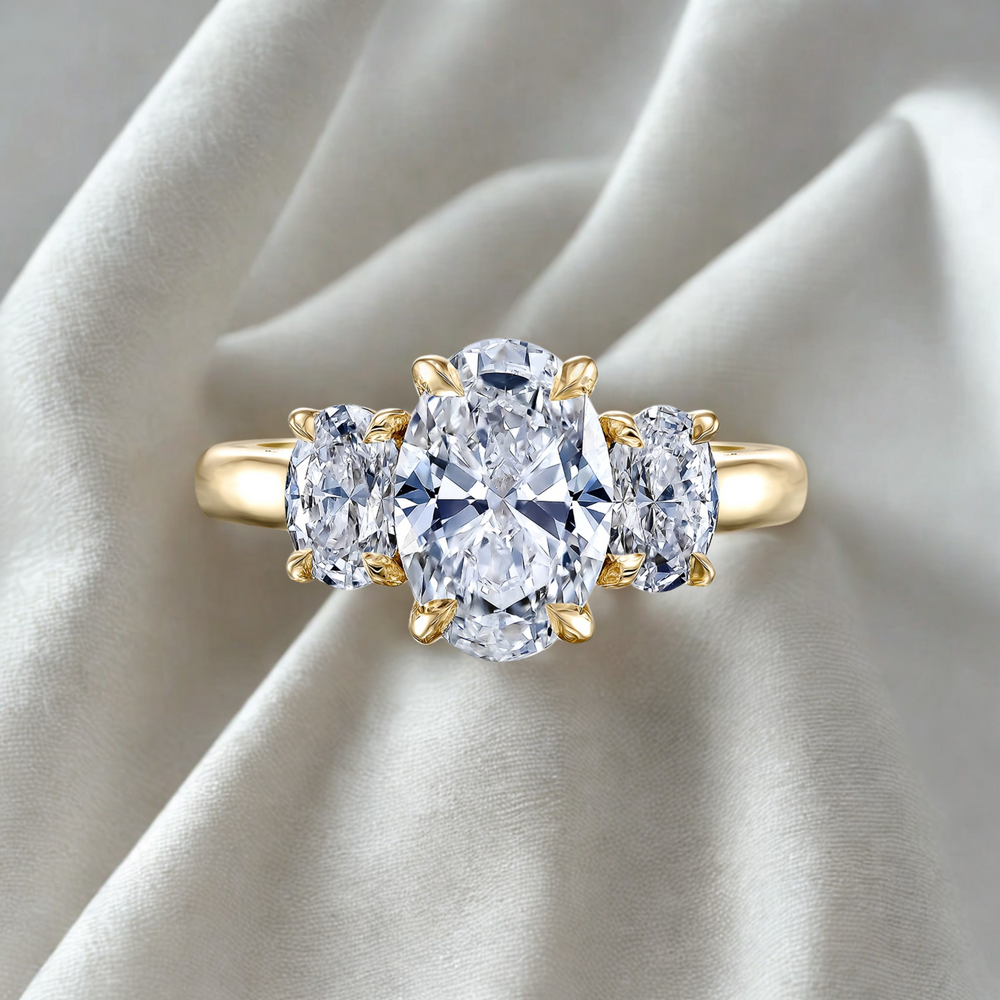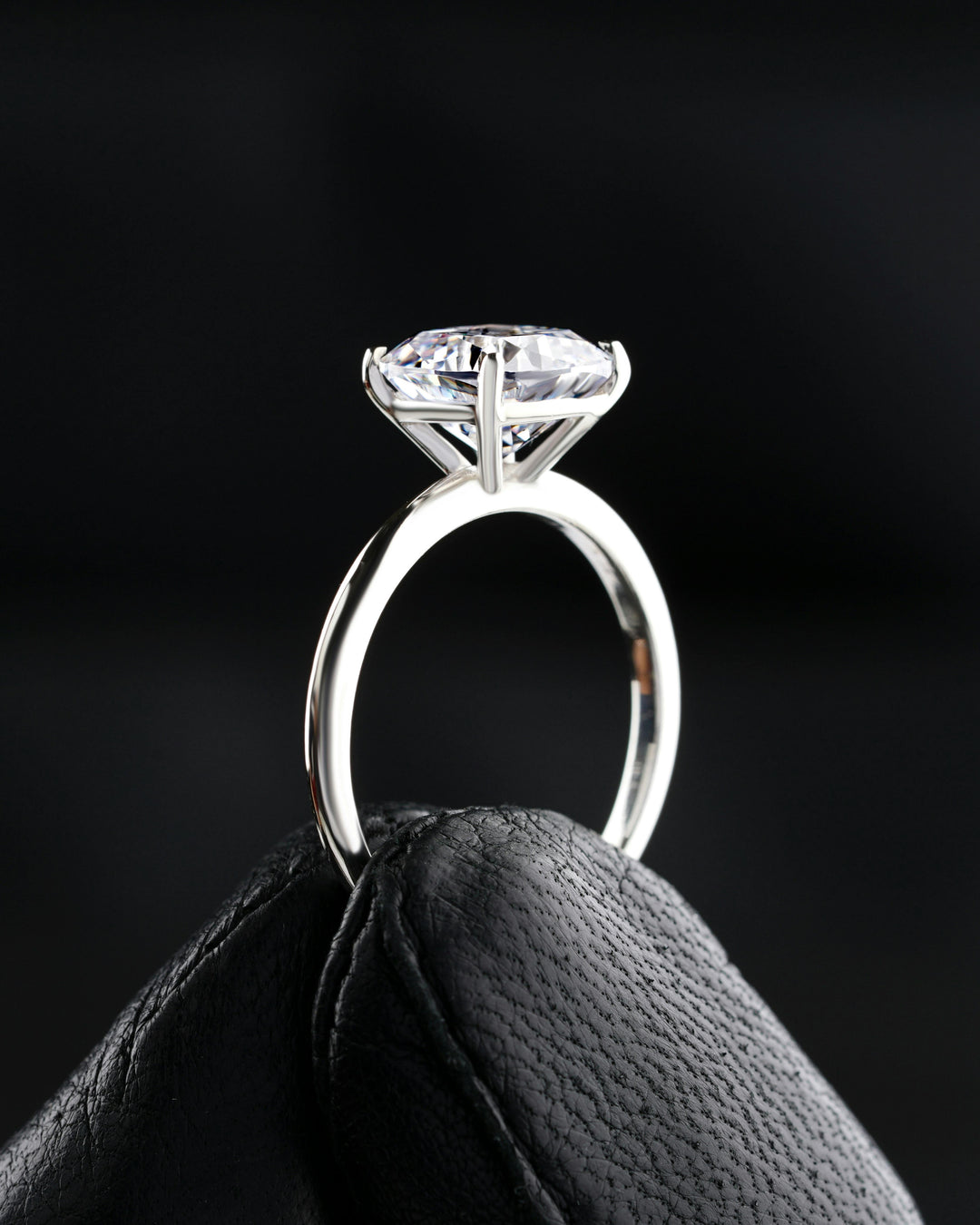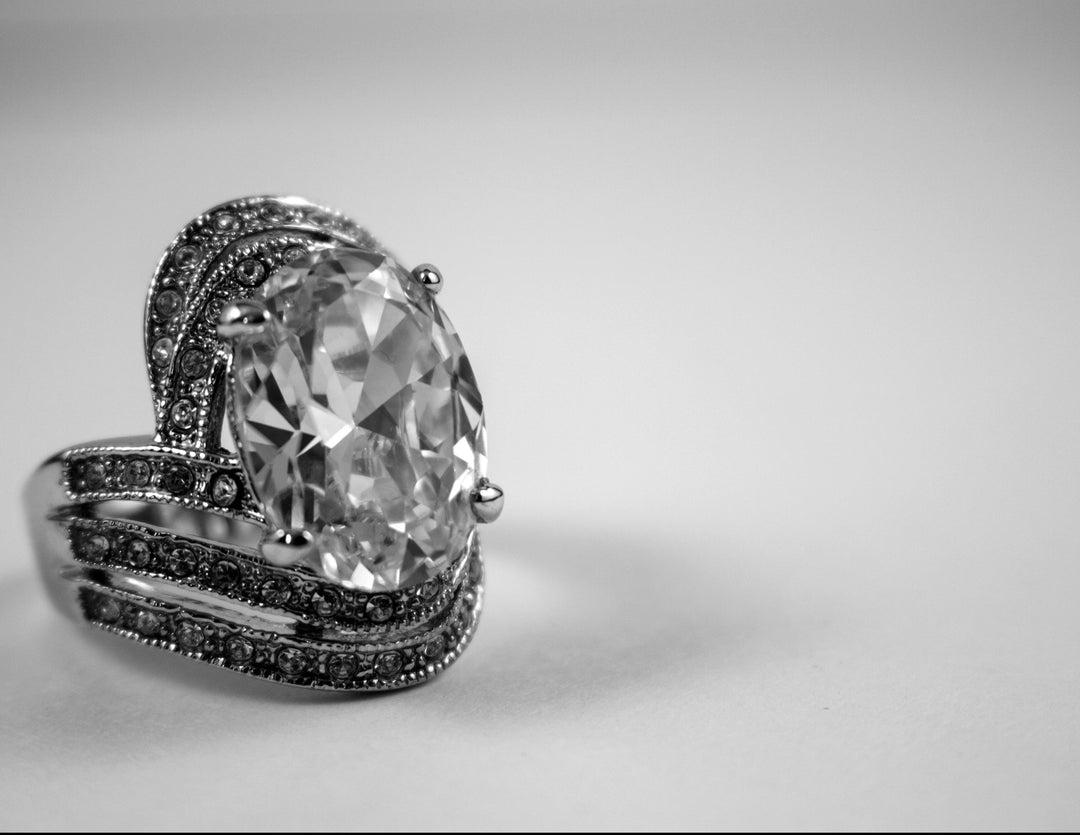Are Lab Grown Diamonds And Moissanite The Same?
If you’re exploring alternatives to traditional mined diamonds, you’ve likely come across two popular choices: lab grown diamonds and moissanite. At first glance, they may look similar—but are they actually the same?
This question comes up often at Simone & Son in Huntington Beach. As Orange County’s trusted jeweler for custom engagement rings and fine diamond jewelry, we believe an informed decision is a confident one. So let’s clear up the confusion and help you understand the key differences between these two radiant stones—so you can choose the one that suits your story best.
What Is a Lab Grown Diamond?
A lab grown diamond is a real diamond—chemically, optically, and physically identical to a mined diamond. The only difference is origin. Instead of forming naturally underground over billions of years, lab grown diamonds are created in advanced laboratories using carbon, the same element found in natural diamonds.
Why many choose lab grown diamonds:
-
Identical sparkle, hardness, and durability to mined diamonds
-
Often more accessible in price per carat
-
Available in a wide range of shapes and sizes
-
Compatible with all types of fine jewelry and custom designs
At Simone & Son, our lab grown diamonds are hand-selected for brilliance and quality, whether set in 14K white gold or a fully custom platinum design.
What Is Moissanite?
Moissanite, on the other hand, is a diamond alternative—but it is not a diamond.
Originally discovered in a meteor crater, moissanite is made from silicon carbide, a completely different material. Today, it’s lab-created and loved for its brilliant fire and affordability—but it has distinct differences from both mined and lab grown diamonds.
Key characteristics:
-
Higher dispersion rate than diamonds, meaning more rainbow-like sparkle
-
Softer than diamonds on the Mohs scale (9.25 vs. 10)
-
Lower price point
-
Often used in budget-conscious or temporary settings
Moissanite can be a lovely option for fashion rings or couples who prefer a lookalike stone—but it won’t wear or reflect light the same way a true diamond does.
Lab Grown Diamond vs. Moissanite: Quick Comparison
Still not sure? Visit our showroom in Huntington Beach to view these stones side by side. You’ll see—and feel—the difference instantly.
Are They Visually the Same?
At a glance, lab grown diamonds and moissanite can look similar. But under closer inspection—especially to a trained eye—the difference becomes clear.
-
Lab grown diamonds exhibit the same balanced brilliance and white light return as natural diamonds.
-
Moissanite has a more dramatic fire with colorful flashes, especially under sunlight or bright lighting.
While both are beautiful in their own right, the sparkle of a diamond tends to feel more natural, subtle, and classic.
Is Moissanite a Good Diamond Alternative?
That depends on your priorities. Moissanite can be a lovely option for couples on a tighter budget or those seeking a temporary engagement ring before investing in a diamond later. It's also popular in fashion-forward designs and promise rings.
However, if you're looking for heirloom quality and timeless durability, a lab grown diamond is typically a more fitting choice.
At Simone & Son, we offer both moissanite and lab grown options—but always recommend considering how you’ll wear the piece and what it means to you.
Can You Tell the Difference Without a Lab Test?
Yes. While moissanite and lab grown diamonds can appear similar to the untrained eye, most jewelers—and even some customers—can detect the difference in sparkle, warmth, and clarity.
Lab grown diamonds also test as real diamonds on professional diamond testers. Moissanite will often give a different reading, especially on thermal testers.
Relevant Questions You Might Be Asking
Can moissanite be used in engagement rings?
Yes—but be mindful of its differences in brilliance and durability. It may not age the same way a diamond does.
Are lab grown diamonds graded like natural diamonds?
Absolutely. Lab grown diamonds receive certification from reputable labs like IGI and GIA, just like their natural counterparts.
Is moissanite more sustainable than lab grown diamonds?
That’s a different conversation—and one we’re happy to discuss in person. For this blog, we're focused on performance, appearance, and long-term value.
Which Should You Choose?
Choosing between lab grown diamonds and moissanite comes down to value, vision, and meaning.
Choose lab grown diamonds if you want:
-
True diamond quality, structure, and sparkle
-
A piece that will stand the test of time
-
Custom engagement rings or heirloom-worthy designs
Choose moissanite if you prefer:
-
Lower cost
-
A temporary or backup ring
-
Bold, flashy brilliance for fashion pieces
Still unsure? That’s what we’re here for. At Simone & Son, our in-house experts will walk you through both options—showing you how each one looks in real settings and how they wear over time.
Final Thoughts: Know the Difference, Choose With Confidence
Lab grown diamonds and moissanite are not the same—and understanding the difference ensures that your jewelry choice reflects your standards, lifestyle, and long-term vision.
At Simone & Son, we combine three generations of craftsmanship with a deep understanding of the modern bridal landscape. Whether you’re creating a custom engagement ring, selecting a moissanite pendant, or exploring your first diamond purchase, we’ll help you make the decision that’s right for you.
Visit Simone & Son in Orange County
10124 Adams Ave., Huntington Beach, CA 92646
714-964-4012
info@simoneandson.com
Tues–Fri: 11am–6pm | Saturday: 11am–5pm
Explore our custom engagement rings
Contact us to schedule your personalized appointment
Discover the brilliance, quality, and guidance that only a family-owned jeweler can provide.






